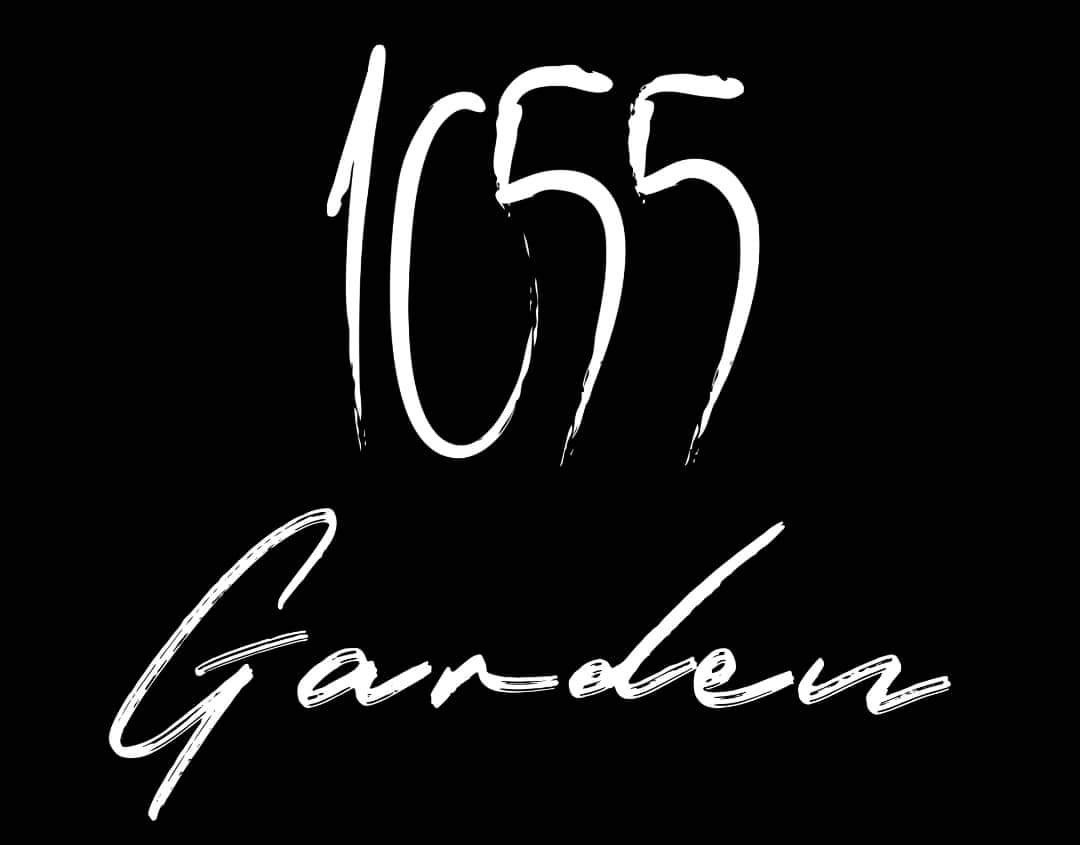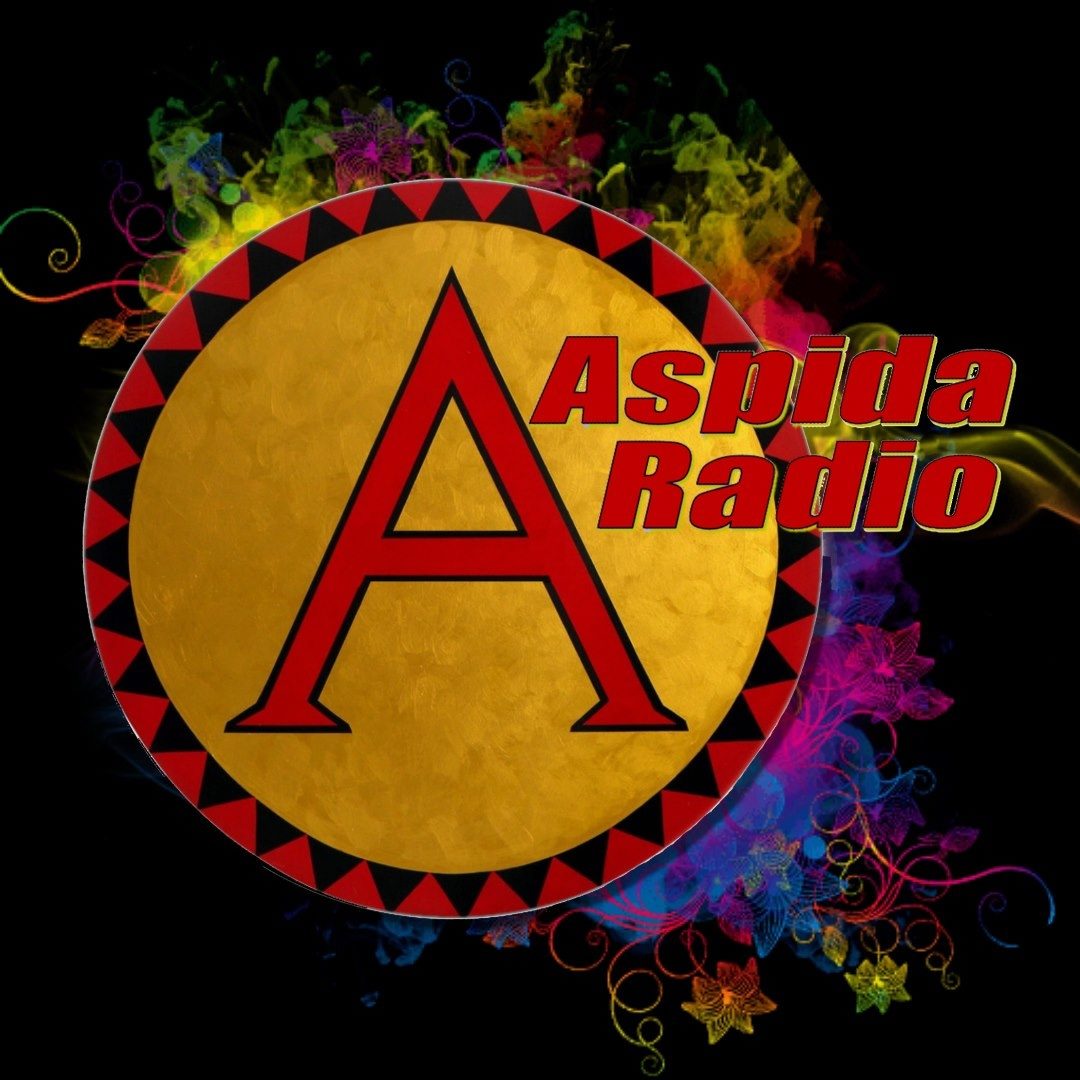Tasneem Hossain: Director, Continuing Education Centre (CEC) Multilingual poet, columnist, op-ed and fiction writer, translator and training consultant
Επιμέλεια: Εύα Πετροπούλου Λιανού
Chocolate – the Heavenly Treat
Who can resist that soft, creamy sometimes crunchy chocolate that melts into the mouth and makes you crave for more?
Well, I can’t. I believe, many of you have the same feelings.
Chocolates are one of the most popular sweets in the world. About 1 billion people eat chocolate every day and more than 3 million tons of cacaos are grown and consumed every year.
Whether one prefers dark, milk, or white chocolate, with or without nuts and almonds, there is barely anyone who can resist it. That piece of chocolate wrapped in golden or silver foil is a delicacy which attracts people of all ages – there are no exceptions.
One of the safest options for gifts is chocolate with its alluring taste and refined look. Even, when someone is coming from abroad these come in handy.
Chocolates come in many forms for any kind of celebration and there are hundreds of options to choose from.
Who can resist Cadbury’s fancy boxes of chocolates in the shape of a heart with bonbons filled with marzipan, chocolate cream and thick fruit flavoured creams inside. Cadbury’s are the first to introduce these heart-shaped chocolate boxes on Valentine’s Day.
Then there are the Magnum ice cream bars with chocolate coating with smooth vanilla ice cream inside or other fruit flavoured varieties from Belgium.
Some of the most popular Chocolate bars popular around the world are Snickers with its combination of nougat, caramel, and peanuts covered in milk chocolate; Reese’s Peanut Butter Cups by Hershey’s. These are delicious blend of chocolate and creamy peanut butter; Hershey’s Kisses are small, bite-sized chocolates shaped like kisses, wrapped in silver and gold coloured foils.
Another favourite is Nestlé’s Kit Kat with layers of crispy wafers covered in milk chocolate, which can be broken into individual pieces.
M&M’s colorful candy-coated chocolates with various flavors and varieties by Mars, Inc are another hot favourite.
The secret behind the popularity of chocolates is due to their distinctive flavors and textures. There are so many different ways you can enjoy chocolates: have a mocha latte, chocolate cake, chocolate milk or chocolate cookies; chocolate cocktail and scoops of chocolate ice cream or just plain chocolate bars – Heavenly!
Relax- besides being so tasty, having a moderate amount of dark chocolate every day has health benefits too.
See? Chocolates don’t need to be a guilty pleasure!
Studies show that consuming dark chocolate with at least70 percent cacao increases neuroplasticity which can have positive effects on memory and cognition. The increase in serotonin and dopamine levels help to boost mood and decreases stress. Dark chocolate is a powerful source of antioxidants and the flavonoids helps to improve blood flow, lowering blood pressure, and reducing the risk of heart disease. One of the biggest benefits that researchers found is that eating chocolate once per week is associated with an 8 percent lower risk of blocked arteries. It’s preferable to go for a dark chocolate bar with 80% or higher cocoa content.
Flavonoids reduce oxidative stress, which cause reduced insulin resistance thereby decreasing the risk of diabetes. Antioxidants protect our cells from damage caused by free radicals, which are unstable oxygen molecules thought to be responsible for aging. According to the American Cancer Society, eating a diet rich in flavonoids can help prevent cell damage that often lead to many cancers. Research also shows that epicatechin in chocolate has cancer-fighting properties. Chocolate is a good source of magnesium and the body’s immune cells can only target abnormal or infected cells in a magnesium-rich environment.
Eating chocolate every day may increase body weight is a myth, as research suggests dark chocolate helps in controlling appetite. Eating a little dark chocolate before meals triggers hormones that signal to the brain that you’re full and help in avoiding over eating.
But please remember that chocolate, especially milk chocolate added with sugar, is high in calories so should be consumed in moderation.
Dark chocolate is fully packed with vitamins and minerals like copper, iron, magnesium, and manganese and potassium which are also beneficial to your skin and ageing. It also contains potassium, phosphorus, zinc, and selenium. These minerals keep muscles, heart, bones, and brain working properly. If cocoa is consumed on a daily basis it can boost focus and even help prevent mild mental decline. Researchers say chocolate can be termed as ‘super-food.’
Many people do not like the bitter taste of dark chocolate; they often choose milk chocolate or a dark chocolate that has a lower cacao percentage. The problem with this is the lower the cacao percentage, the more sugar is added to the product. These may lower the health benefits of dark chocolate.
Next time you reach for that chunk of chocolate stop feeling guilty. As long as you limit your intake, there are quite a few health benefits.
However, though dark chocolate is full of powerful nutrients it has higher caffeine content than milk chocolate or white chocolate. If you are sensitive to caffeine, take care as caffeine can also react with certain medications, such as ‘Xanax’. So know how much caffeine is safe to take when on prescription medications.
Caffeine, is also believed to aggravate gastro esophageal reflux disease (GERD) and in some cases increases risk of kidney stones. For some people, chocolate can trigger acid reflux or migraines.
Before making any changes to your lifestyle or diet, it’s always advisable to seek medical advice from your doctor first. Specially if you have any chronic health conditions or risk factors.
Every year, chocolate lovers around the world savour their favourite treats of chocolate on World Chocolate Day on July 7th. As chocolates are enjoyed universally, the celebrations aren’t limited to one celebration.
There’s The International Chocolate Day celebrated in America on 13th September which falls on Mr. Hershey’s birthday.
Chocolate Day is also observed worldwide on 9 February that is the third day of the Valentine’s Week.
So we have three exclusive days to celebrate around the globe for chocolate-lovers to indulge in the rich chocolate treats.
There are multiple national chocolate days celebrated by individual countries or regions too: October 28th in the United States, close to Halloween; February 14th in Ghana, and July 11th for Latvia and Russia.
Some believe the date of World Chocolate Daycoincides with the date it was introduced in Europe in 1550. Although chocolates have been enjoyed for thousands of years, World Chocolate Day wasn’t invented until 2009. Nobody knows exactly who established the day.
In Bangladesh Chocolate Day is observed on 9th February, the third day of the Valentine’s Week.
Chocolate originated 4,000 years in ancient Mesoamerica, present day Mexico and the birthplace of chocolate. During that time, the indigenous people began harvesting and cultivating the cacao (“kakawa”) plant. The Olmec, one of the earliest civilizations in Latin America, were the first to turn the cacao plant into chocolate. They drank the ancient chocolate drink during religious rituals and used it as medicine.
Centuries later, the Mayans believed chocolate as the drink of the gods. Mayan chocolate was made of roasted and ground cacao seeds mixed with peppers, water and cornmeal. This mixture was poured from one pot to another, creating a thick foamydrink called ‘xocolatl’, meaning ‘bitter water.’ The word ‘chocolate’ is derived from the Nahuatl word, ‘chocolatl,’ meaning ‘hot water.’ Hot chocolate originated from there. They drank it as an invigorating drink to prepare for war and as a love potion. Chocolate is much sweeter now than it was in those days, with addition of sugar and milk.
Cocoa beans were used as currency by the Aztecs in the 15th century.
Researchers believe that Mesoamerican civilizations cultivated the cacao plant for thousands of years before European explorers arrived there.
No one knows for sure when chocolate came to Europe. Legend has it that explorer Hernán Cortés discovered chocolate in the 16th century during an expedition to the Americas. When Cortés returned home, he introduced cocoa seeds to the Spanish. Spanish chocolate drinks were mixed with sugar and milk to sweeten the naturally bitter taste. It quickly became popular among the rich and wealthy in Spain. Even Catholic monks drank it during religious rituals.
It was after nearly a century that it reached neighboring France, and then the rest of Europe. It became immensely popular among European aristocracy. Royals and the upper classes consumed chocolate for its health benefits.
Chocolate’s popularity increased and it evolved constantly. Now, we have hundreds of different candy bars, and chocolate bars with different fillings, bonbons and chocolate truffles; cakes and brownies to mousses; cookies, fudge, milkshakes and ice-creams
Celebrate World Chocolate Day and indulge your sweet tooth with a delicious selection of chocolate treats! Give chocolates to loved ones. Bake or make your own chocolate dishes. Keep an eye out for local chocolate stores for discounts, buy and store them in a cupboard at temperatures less than 21degree C to ensure quality, not in a refrigerator.
What are you waiting for?
Go, grab that big chunk of chocolate and savour it with eyes closed. Feel the creamy chocolate melt in your mouth J
Disclaimer: The opinions expressed in this article are the writer’s own for informational purposes only. It is not intended as a substitute for consultation with a licensed healthcare practitioner.
Tasneem Hossain is a multilingual poet, columnist, op-ed and fiction writer, translator and training consultant. She is the Director of Continuing Education Centre, Bangladesh.
Reference:
- Where does Chocolate come from? Magnum ice cream.
- Dark chocolate consumption reduces stress and inflammation, Science Daily, April 24, 2018.
- Brooks, Anna, 8 Healthy Reasons to Eat Dark Chocolate, Everyday Health, January 31, 2022
































